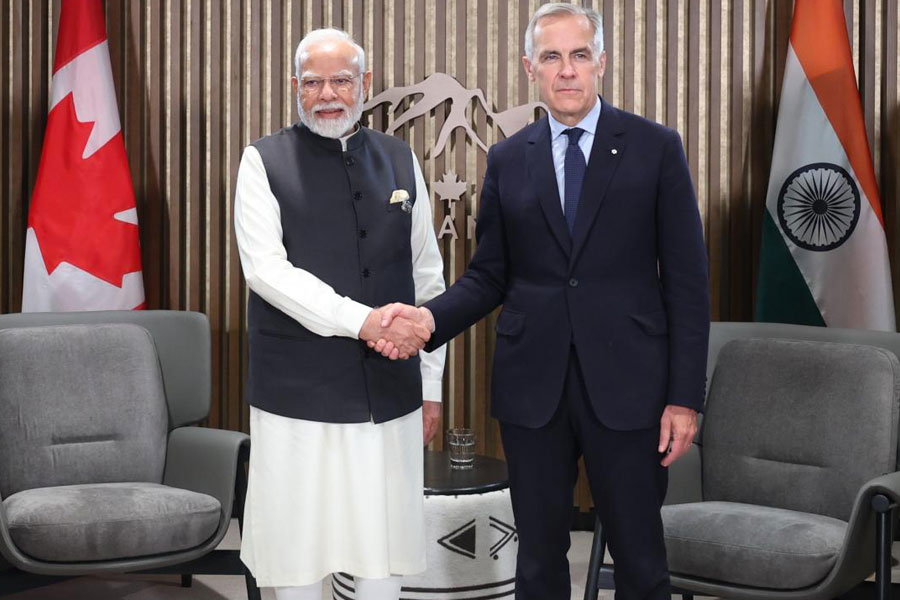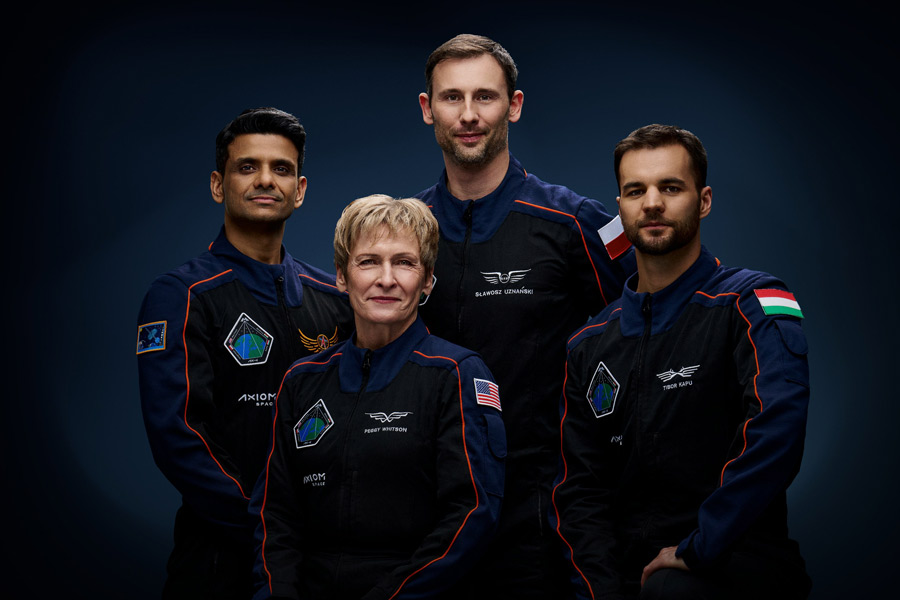 |
| A digital image of the hand. Cholesterol typically accumulates in the folds of the skin visible in the lower right hand corner of this photograph. Picture credit: N Shanker/ International Journal of Medical Engineering and Informatics |
New Delhi, Aug. 18: A mobile phone may some day sound a cholesterol alarm.
A team of Indian engineers has shown that digital photographs of the hand may reveal cholesterol levels in the body and serve as an early warning signal of poor lipid health without a standard blood test.
Nagalingam Shanker at the Sree Sastha Institute of Engineering and Technology, Chennai, and his two collaborators say they have developed a pattern recognition software program that can assess cholesterol from digital images of the hand.
Researchers believe the program may be refined in the future and loaded into mobile phones to enable it to analyse digital images of the hand captured by a camera on a mobile phone.
While standard blood tests assess cholesterol levels in the serum, the new technique analyses changes in the skin’s reflectance induced by cholesterol that accumulates in the folds of the skin near the fingers.
“This is not intended to replace conventional blood tests, but we’re hoping this will lead to a simple non-invasive test to alert people about cholesterol levels without the needle-prick,” Shanker told The Telegraph.
The Chennai team created a database of serum cholesterol readings from dozens of individuals and their corresponding hand photographs and used a pattern-recognition software which then assigns a cholesterol value to a sample experimental image. The researchers have described their technique this week in the International Journal of Medical Engineering and Informatics.
Doctors have known for more than 40 years that some amount of cholesterol moves from the bloodstream into the skin. Certain medical studies have suggested that skin cholesterol is strongly associated with significant coronary artery disease.
In an independent development, a medical diagnostic company in Canada earlier this year received a US patent on a technology to assess skin cholesterol through a hand-held spectrophotometric device. The company, Miraculins Inc, in a press release issued in June this year, had described it as a risk assessment technology for coronary artery disease that measures cholesterol levels in a patient’s skin painlessly.
“These developments reflect the significance of skin cholesterol,” said Shanker, who believes the hand photographs analysis technique may be refined into a simple, early warning method patients could use on their own.
Cardiologists caution that for Shanker’s program to have medical value, the correlation between skin changes picked up in the photographs and serum cholesterol needs to be robust, particularly in people with no history of coronary artery disease.
“A simple qualitative high or low result would at best make it a screening tool for personal use — nothing more,” said Dorairaj Prabhakaran, a senior cardiologist and director of the Centre for Chronic Disease Control, New Delhi. “Perhaps, as a mobile phone application.”
“We will need strong quantitative data to establish a correlation between changes in the skin and high serum cholesterol,” said Naval Vikram, an associate professor of medicine at the All India Institute of Medical Sciences, New Delhi.
A team of doctors at the Medical University Vienna in Austria had five years ago analysed cholesterol concentrations in skin tissues from 318 patients and noted that skin tissue concentrations may not be a reliable indicator of atherosclerosis. The Austrian study was published in 2007 in the journal Vascular Medicine.
Shanker says future research will aim at refining the hand photographs analysis technique to separately assess bad cholesterol and good cholesterol. “Eventually, we’d like to develop a mobile phone application,” he said.
His collaborators during the project were Sundar Archana and A. Ezhil, faculty members at the Vel Tech High Tech Dr Rangarajan Dr Sakunthala Engineering College, Chennai.










